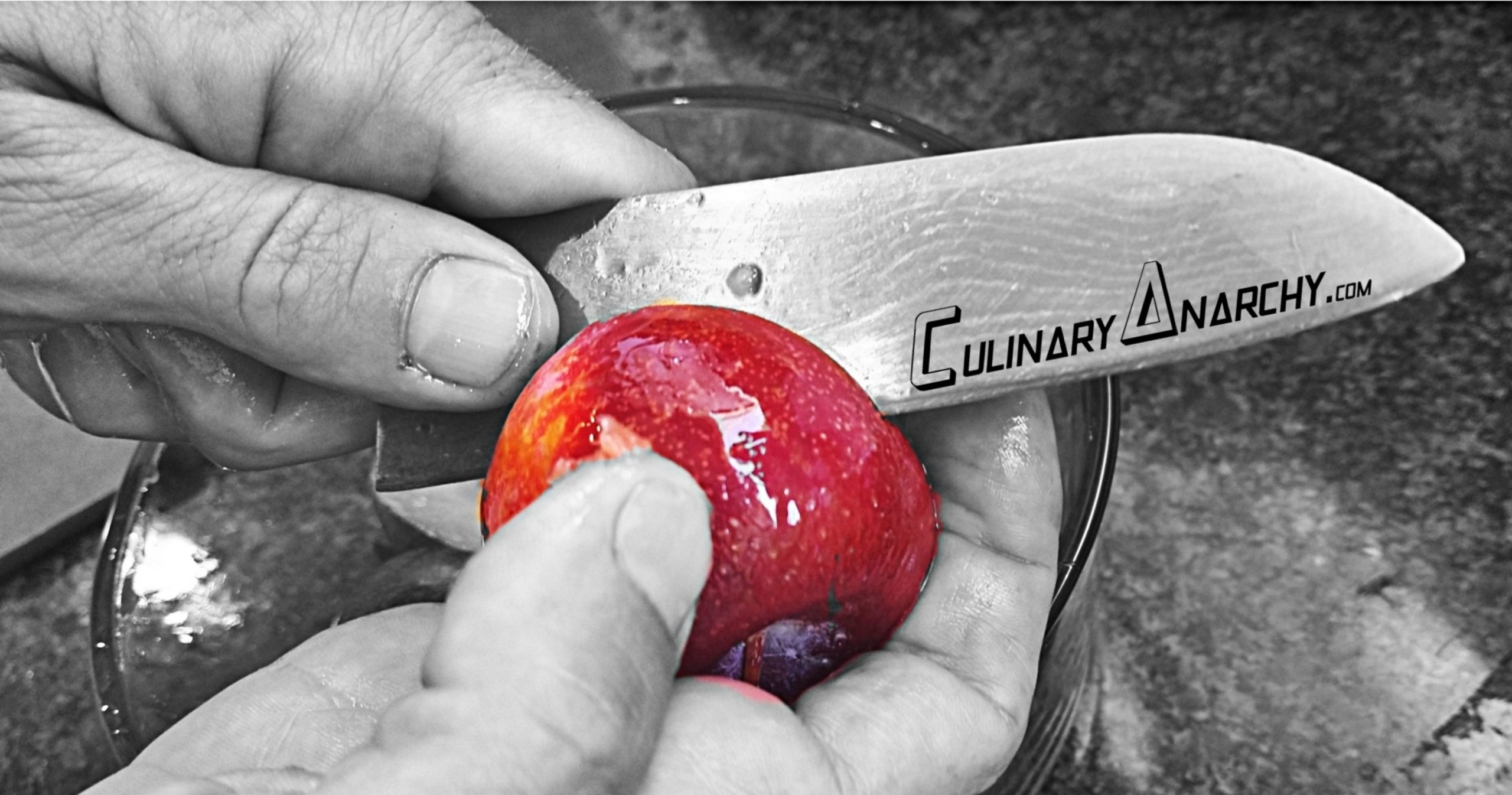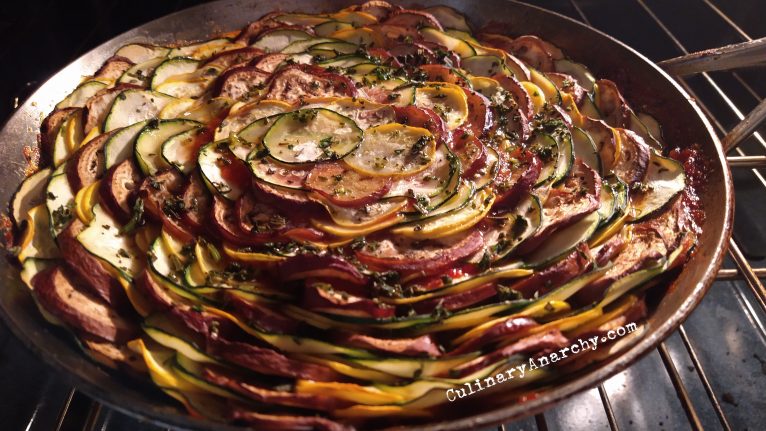Not to be rude but chances are, your stuff is never going to make it on the cover of Food and Wine. So? Those people are using thousands of dollars worth of equipment and are working in a professional studio, half of that stuff isn’t even edible, it would melt under lights. This doesn’t mean that you can’t make the most of what you’re working with and be able to take some photos that will make your ex jealous, you just need to plan ahead. Chances are you’re using a cell phone and by the time this gets published in an hour, there will probably be a few more breakthroughs in tech. For now, this is what you need to know.
Wipe your lens:
This, right here will do more for your photos than just about any other bit of advice I can give you. If your lens is smudged and dirty, the photos will look like trash. Yes, you might get that one-in-a-million shot with the blur in just the right place but for the most part, it’s going to ruin your shot. Even when I’m out in public, as soon as I pull out my phone, I automatically rub the lens on my shirt so I don’t lose the shot. It only takes a second but it makes a massive difference.
Lighting:
It matters, it matters a lot believe it or not. If you’re at home, you have much more control, trust me when I say, natural will always make better photos than artificial light. If at all possible, put your plates in front of a window with sunlight. If you’re working in a Kitchen, the lighting most likely won’t be ideal so you’ll have to work with what you’ve got. This is where editing is your friend.
Rim your plates:
Seriously, I have seen some otherwise beautiful photos ruined because the person couldn’t take an extra second to clean the rim of the plate and that one little spatter of sauce completely pulled the eyes away from the dish. The camera catches everything so pay close attention to how clean you plate things.
Get weird with angles:
There have most certainly been a few times where the plate as a whole needed a bit of work but I needed to get a shot so, instead of shooting the entire plate, I aimed for angles that captured the dish without showing the whole thing. Close-ups to the side a great for this. Play around.
Take lots of shots:
No joke, for every photo that you see me post, I take close to 30 or more to get that one that you finally see. That’s the great thing about digital cameras, even if you’re taking top-quality photos and a ton of em, storage is cheap and it’s easy to get rid of the ones you don’t like.
Take notes:
Look at what you like and what you like about it. Is it the shape, the colors, what? See what it is about what others are doing that turns you on let that be a basis for how you set up a shot.
Background matters
Either hide it or make it work for the shot. It’s like what I was saying about cleaning the plate, you can have a beautiful dish but if there’s a distraction, it will ruin the shot. This is also why working with weird angles helps. That said, props can be fun. If you’re taking photos of a pesto dish, having a small bunch of basil or a nice bottle of olive oil to the side can actually re-emphasize the dish and give it that nice little artistic pop, if you’re into that.
Editing:
I try not to over-edit my stuff but, there are some great tools out there that let me polish my photos and bring out the life in otherwise bland shots. The main one I use is called Snapseed. It’s free and easy to use and is also one of the highest-rated editors in the Play Store because of the quality of work it allows you to do from your phone. That said, it’s well worth watching a basic tutorial so that you can understand the basics and not just rely on the presets.
Help me continue to provide you with mindless entertainment via Patreon, or you can buy a book or score some merch.


